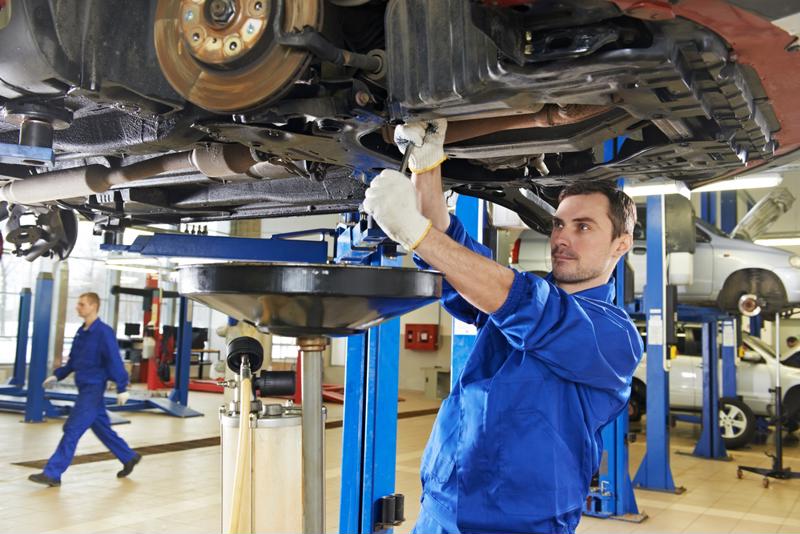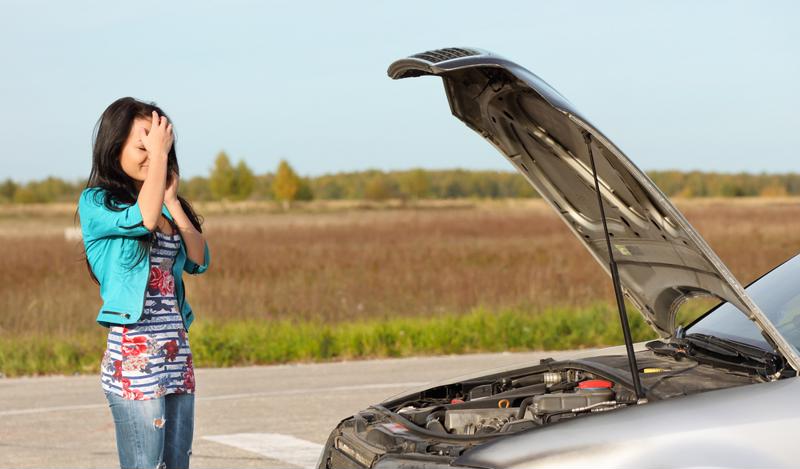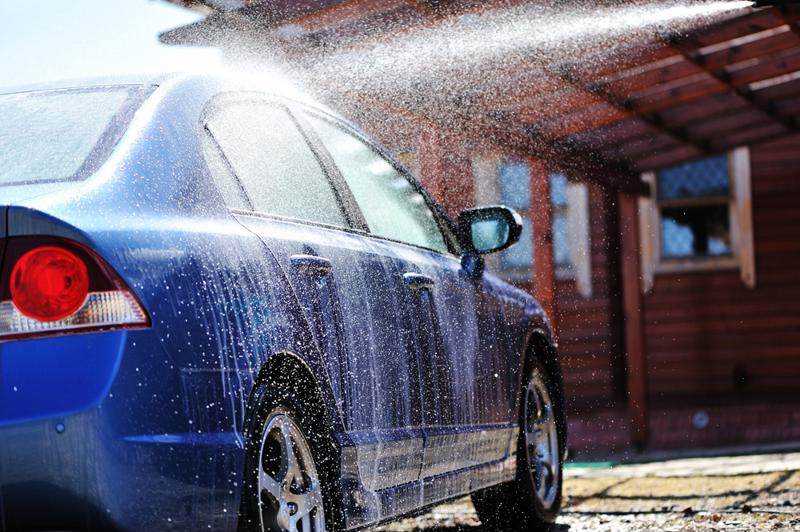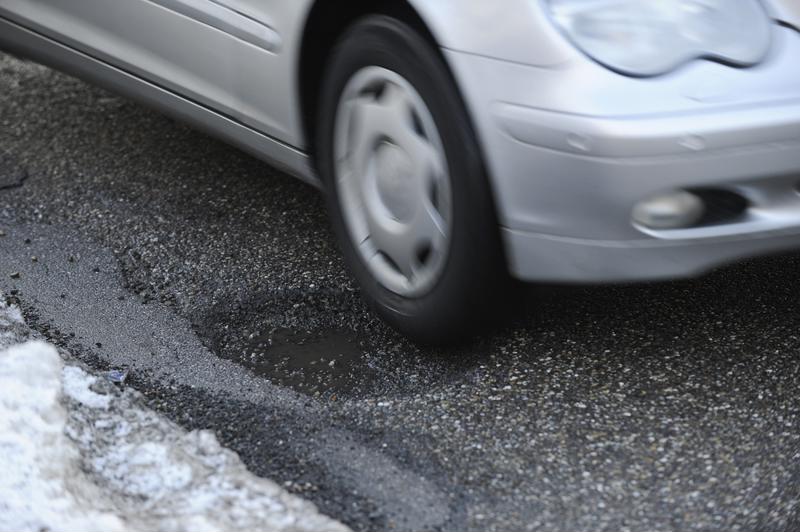As they say, the best laid plans of mice and men often go awry. No matter how thoroughly you think you've prepared, there's always the chance that you'll encounter an emergency or other unexpected hiccup while you're on the road.
Roadside vehicle-related emergencies can be particularly stressful since there's really never an opportune time for them to happen. Often, even if you have a cellphone, you may be miles away from the nearest service station. But never fear – with a little planning, it's possible to meet any unforeseen situation head-on to minimize stress and maximize safety.
Let your warning lights illuminate the problem
Even though your car is a machine, it still talks to you, and it can provide you with useful information if you pay attention. In fact, there's a whole host of things your car can communicate just on the dashboard in the form of warning lights.
Everyone's encountered at least a few of these over the years, from the engine radiator light to the ubiquitous and mysterious check engine light. In an emergency situation, being able to read and interpret these beacons can be a huge help.
For example, when the low oil pressure light or high temperature indicator go on, these are signs to immediately stop driving and have your car towed to a service center. Driving a car that has low oil pressure or is overheated can both utterly ruin your engine. On the other hand, the check engine light or SRS/airbag indicators mean that while there are issues that need to be brought to your attention, they don't need to be urgently addressed.
Have an emergency kit with you in your car at all times.
var atlantisVideo = AtlantisJS.Init({videos: [{id: “2907”}]});
Be prepared
Former Boy Scouts are doubtless well aware of the organization's age-old motto. You can apply that thinking to your daily life even today by putting together an emergency kit to keep in your car. Of course, you don't need to throw everything and the kitchen sink into your emergency kit, but it's important to have a few basics on hand. Try to keep a flashlight, a blanket, a spare tire, jumper cables and, of course, a cellphone in your car with you at all times.
Find a safe spot to wait for help
It goes without saying that a roadside emergency can be dangerous, especially on a highway or busy street. If possible, make your way to the shoulder of the road to wait for help. Give yourself a wide berth with cones or reflective pylons if you have them. This is especially important at night when visibility is even lower than normal, or in poor weather when drivers may need additional space and time to slow or stop safely. Consumer Reports recommended placing such items as far behind your car as possible to maximize your visibility and to give motorists enough time to react appropriately.
"Getting out of your car can put you and other motorists in immediate danger."
Stay in your car
Roadside emergencies are stressful, and you may be tempted to get out of your car to seek help, flag down a passing motorist or even just stretch your legs. However, resist this urge if possible. Especially if you're broken down on a highway or busy roadway, getting out of your car can put you and other motorists in immediate danger. If you have a cellphone, make a call to your roadside assistance agency or a local repair shop, then wait with your doors locked for help to arrive.
If you got caught without a phone, place flares and reflective triangles around your vehicle to alert other drivers that you need help, then get back in your car. Be very wary about unlocking your doors and accepting help from anyone you don't know. If possible, only respond to emergency personnel or service agents.






 Get your car inspected before heading out on any major road trips.
Get your car inspected before heading out on any major road trips.


 Something breakdowns can be easily avoided
Something breakdowns can be easily avoided
 Washing a car is an essential part of maintenance.
Washing a car is an essential part of maintenance.  You'll need to clean off the interior of your vehicle as well.
You'll need to clean off the interior of your vehicle as well. 
 Potholes can cause a lot of damage to your car.
Potholes can cause a lot of damage to your car. 
